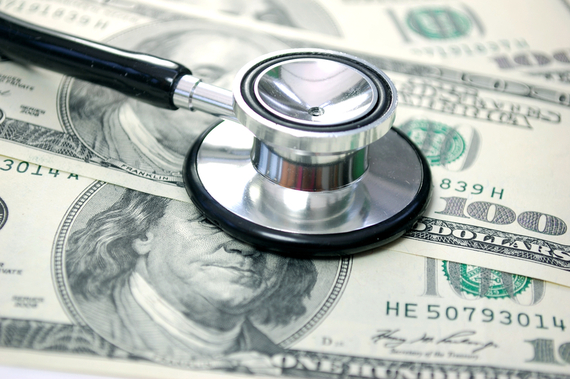When it comes to health care, some politicians want us to believe that we can have it both ways -- we can reduce health care costs and increase quality at the same time. They're right about the fact that there's an enormous amount of waste in our health care system (some estimate as high as 30 percent of our health care spending). But the idea that Americans are going to be able to avoid making some trade-offs in order to save our health care system is misleading, even dangerous.
There are initiatives underfoot that could create the kind of wizardry that would lower costs while increasing quality, but frankly, the jury is still out on each of these:
Electronic health records -- As part of the 2009 stimulus package, Congress allocated approximately $26 billion to help hospitals and clinics adopt electronic health records. The idea is that because our health system is so fragmented, patients don't receive coordinated care. They receive unnecessary tests and procedures because doctors aren't talking to each other. The problem is that the health savings haven't been realized yet.
ACOs -- Obamacare set up nationwide pilot projects of Accountable Care Organizations. The organizations allow hospitals to serve Medicare patients through a payment and care delivery model tied to quality metrics and overall reductions in health care costs. Sounds great, but the questions is: "Does it significantly lower costs?" After the first year of the pilot program, one-third of hospitals will drop out because they didn't realize cost savings. It's expensive to keep two different types of accounting systems in one health system. And ACOs could push more hospitals to consolidate, allowing them to charge whatever they want.
New technology -- Many new medical devices that hospitals use to sell themselves as cutting-edge barely improve quality and drive up costs. One example is the da Vinci robotic surgery system. It costs $1.5 million plus a $100,000/year service contract. Recent studies have shown that it's not much better than laproscopic surgery and has even been implicated in a number of deaths on the surgery table. But because patients and doctors love the newest whiz-bang gadget, the product is in about one-fourth of all hospitals.
In order to fix this health care crisis, we are going to have to make some trade-offs. Many people, especially those who get their insurance through their employer, will have to pay more out of pocket. Though nobody likes to pay more, hopefully over time, this will lead us to make healthier life choices and spend smarter for our health care. And we'll probably have to stick to a tighter network of providers. Doctors -- especially specialists -- will probably be paid less. Given the fact that doctors in the U.S. are paid more than almost in any other industrialized country, I think they'll still be able to manage. Drug companies will probably less profitable. Given that they run among the highest profit margins of any industry in the world, they have room to lower prices and still be viable.
These are the new dynamics of health care in America. When the alternative is mortgaging our grandchildren's future, I think the sacrifice is worth it.
